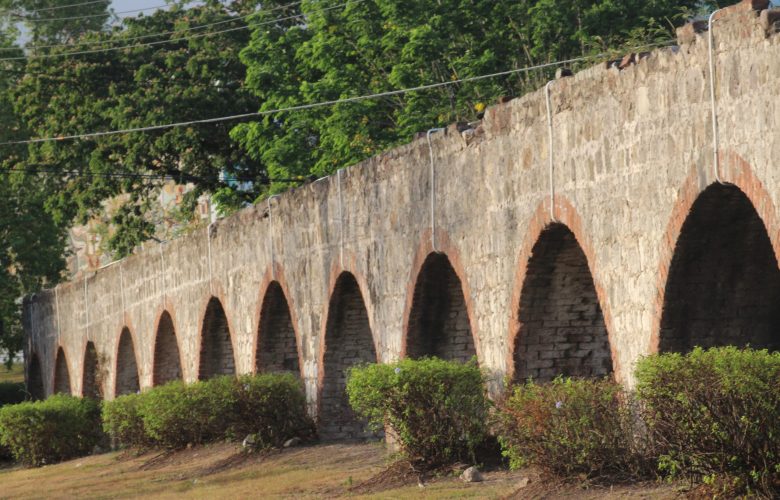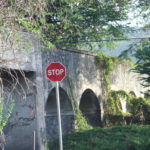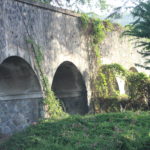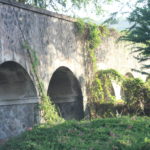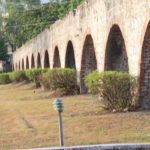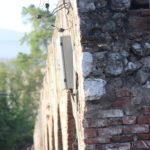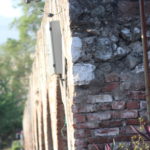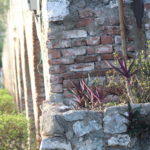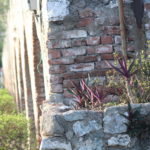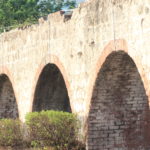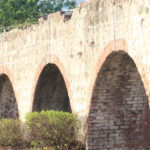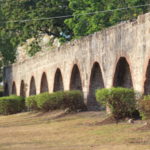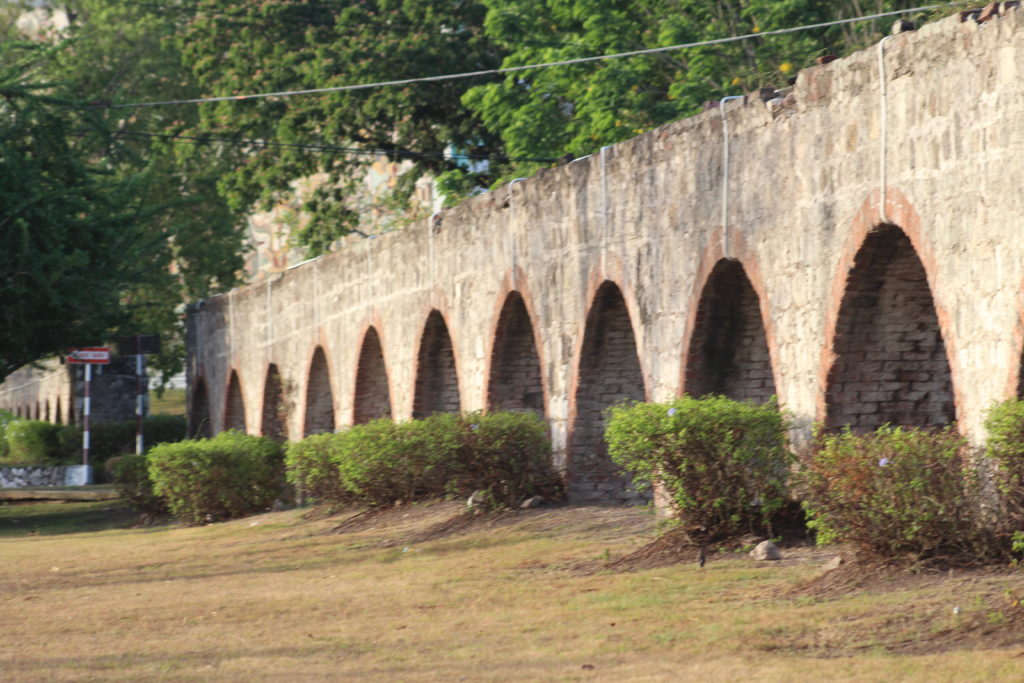
It is generally agreed that the term “Aqueduct” is from the Latin word aquæductus with roots aqua, meaning “water” and ducere which means “to lead”. The land’s natural slopes and gravity enable aqueducts (man-made artificial structures: pipes, reservoirs, channels, tunnels, and canals) to conduit water from natural sources, such as lakes, rivers, and springs, to locations where it is needed for irrigation, power for mines, and supplying households (De Feo et al. , 2014; National Geographic Society, 2022). Furthermore, aqueducts were not only built to provide water but also to ensure that drinking water is safe from contaminants (Britannica, T., Editors of Encyclopaedia (2019, November 8).
Historically, aqueducts were used for irrigation in ancient Greece, the Indian subcontinent, and by the Minoans around 2000 BC (Brugnoli, 2019 and Wikimedia Foundation, 2022). Around the 7th century, the Assyrians built the first Roman aqueduct, which brought water to the capital (Jacobsen, 1935). During the 18th century, the same kind of aqueduct was also used in the Caribbean to supply water for plantation estates.
Jamaica’s Papine-Mona Aqueduct, dating back to the 18th century, supplied water to the Mona Plantation Estate’s sugar mills. The aqueduct once carried water from the Hope River to the estates of Mona, Hope, and Papine. The aqueduct is currently used by the Jamaica Water Commission, which provides water to places in need (Jamaica National Heritage Trust, 2011). Also, Jamaica’s Bushy Park Sugar Estate Aqueduct was constructed between the periods of 1760 and 1780. The aqueduct operated as a water channel, powering the estate’s cane grinding mills. Nonetheless, Jamaica has a few historic aqueducts, and these are excellent examples of the technical skill and building capabilities of Jamaicans (Jamaica National Heritage Trust, 2011). In another part of the Caribbean, the Providence Aqueduct was constructed in Tobago in the 1830s, which supplied water for the turning of sugar mills on both the Dunvegan and Providence Sugar Estates. Evidence of the aqueduct remained on the Providence Estate in Tobago (Providence Estate Tobago, 2017).
In general, in the Caribbean, the purpose of aqueducts was to relieve water shortages in areas that needed it, such as plantation estates for irrigation, drinking, and bathing. Moreover, the surviving aqueducts demonstrate the heavy industry that was primarily powered by slave labour in the 18th century (Grenada National Archives, 2022). Nonetheless, many of the ancient aqueducts are still in use today to transport drinking water to areas in need.
References
Aqueduct. The Gale Encyclopedia of Science. (2018, May 23). Retrieved June 11, 2022, from https://www.encyclopedia.com/science/encyclopedias-almanacs-transcripts-and-maps/aqueduct.
Britannica, T. Editors of Encyclopaedia (2019, November 8). Aqueduct. Encyclopedia Britannica. https://www.britannica.com/technology/aqueduct-engineering
Brugnoli, A. (2019, July 23). Advanced Water Management and Pioneer Hydraulic Technology in Minoan Crete (bronze age). Novo Scriptorium. Retrieved June 11, 2022, from https://novoscriptorium.com/2019/07/23/advanced-water-management-and-pioneer-hydraulic-technology-in-minoan-crete-bronze-age-2/
Bushy Park Aqueduct. Jamaica National Heritage Trust – Jamaica – Bushy Park Aqueduct. (2011). Retrieved June 12, 2022, from http://www.jnht.com/site_bushy_park_aqueduct.php
Caribbean Research. Grenada National Archives. (n.d.). Retrieved June 13, 2022, from https://grenadanationalarchives.wordpress.com/category/grenadas-endangered-archives/caribbean-research/
De Feo, G., Angelakis, A. N., Antoniou, G. P., El-Gohary, F., Haut, B., Passchier, C. W., & Zheng, X. Y. (2013, November 28). Historical and technical notes on aqueducts from prehistoric to medieval times. MDPI. Retrieved June 11, 2022, from https://www.mdpi.com/2073-4441/5/4/1996
Hope Aqueduct. Jamaica National Heritage Trust – Jamaica – Hope Aqueduct. (2011). Retrieved June 13, 2022, from http://www.jnht.com/site_hope_aqueduct.php
Jacobsen, T. (1935). Sennacherib’s Aqueduct at Jerwan. The Oriental Institute of the University of Chicago. Retrieved June 11, 2022, from https://oi.uchicago.edu/research/publications/oip/oip-24-sennacherib%E2%80%99s-aqueduct-jerwan.
National Geographic Education. Education.nationalgeographic.org. (2022). Retrieved June 13, 2022, from https://education.nationalgeographic.org/?q=&page%5Bnumber%5D=1&page%5Bsize%5D=25
Papine-Mona Aqueduct . Jamaica National Heritage Trust – Jamaica . (2011). Retrieved June 8, 2022, from http://www.jnht.com/site_Papine_mona_aqueduct.php#:~:text=The%20Papine%2DMona%20Aqueduct%20was,Thomas%20Hope%20Elleston%20in%201758.
Providence Estate House, Tobago. TRINIDAD & TOBAGO ASSOCIATION OF OTTAWA. (2017). Retrieved June 13, 2022, from https://ttao.ca/news–info/providence-estate-house-tobago
Tobago providence aqueduct. National Trust of Trinidad and Tobago. (2021). Retrieved June 13, 2022, from https://nationaltrust.tt/location/tobago-providence-aqueduct/#:~:text=Providence%20Aqueduct%20is%20located%20across,high%20from%20the%20river%20bed.
Wikimedia Foundation. (2022, June 10). Aqueduct (water supply). Wikipedia. Retrieved June 11, 2022, from https://en.wikipedia.org/wiki/Aqueduct_(water_supply)#References).
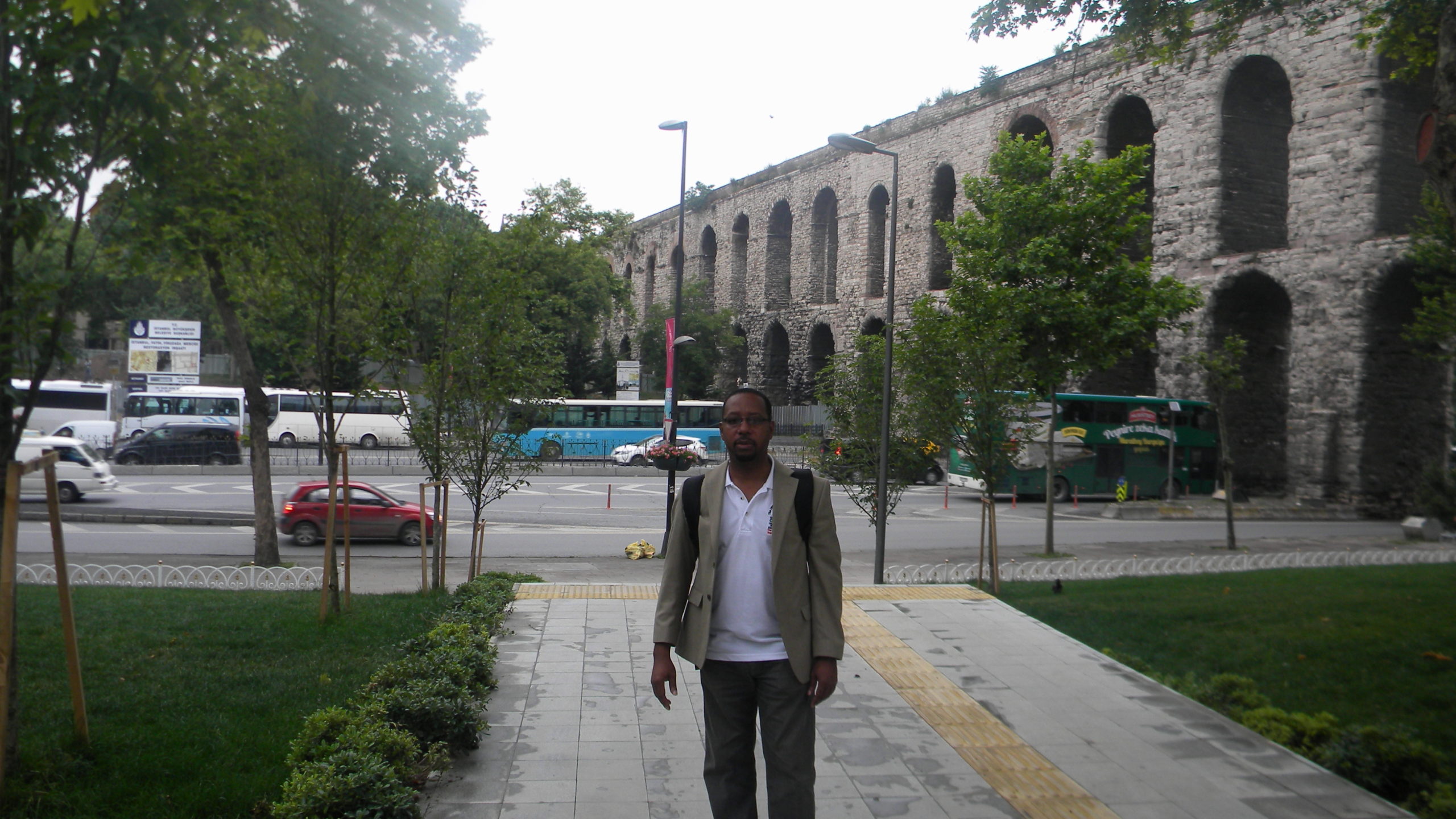
Photographer and Publisher of CaribXplorer, Ian Boxill, in front of the Aqueduct of Valens, Istanbul, 2015.
KTeo. (n.d.). Https://media-cdn.tripadvisor.com/media/photo-l/09/1f/ad/01/caption.jpgfriendly service – review of Naha Tourist Information Center, Naha, Japan. Tripadvisor. Retrieved June 15, 2022, from https://www.tripadvisor.com/ShowUserReviews-g298224-d7594855-r625622261-Naha_Tourist_Information_Center-Naha_Okinawa_Prefecture.html
Article by Nicolette Wright
Photos by Ian Boxill
